We need to solve the housing affordability crisis
Realtor.com published a study recently that found the typical household needs to earn $114,000 in order to buy a median-priced home. That’s up 70.1% (a $47,000 increase) from 2019, according to the Realtor.com® April Housing Trends Report.
If those numbers weren’t jarring enough, consider that the median household income was only $80,610 in 2023.
So, the household with median income can’t afford to buy a median-priced home. Is it any wonder that a recent Gallup poll found that only 36% of Americans are satisfied with affordable housing in their area?
Which brings us to the next question: What exactly does affordable mean these days?
If you’re looking for a home most people can afford to buy, you have to look in the Midwest and southern parts of the country. From North Dakota to Texas, the middle part of the country is fairly affordable, meaning that the mortgage payment (which typically includes real estate taxes and insurance premiums) makes up 30% or less of a household’s monthly income.
ATTOM’s 2025 Rental Affordability Report, published in February, revealed that major home ownership expenses require more than one-third of the average local wage in 231 of the 341 counties analyzed for the report. That works out to 68% of the counties analyzed.
The affordable counties tend to be in fewer than half of all states. According to Realtor.com, just 18 states can claim “their median home is affordable for their median earner…Once housing eats up more than a third of your paycheck, it’s not just expensive—it also puts real pressure on everything else in life,” according to the study.
Let’s go back to the $114,000 of income required to buy the median home. Because not a lot of people earn that much. According to Statista, in 2023 about 50% of Americans had an annual household income that was less than $75,000 U.S. dollars, and just over 75% of American households were earning $149,000 or less.
Rising interest rates have made housing a lot less affordable. At the same time, rental prices have skyrocketed. Homeowners are getting squeezed by higher mortgage payments, higher insurance costs (particularly in coastal states and those prone to wildfires or other physical catastrophes), and just the higher cost of everyday life.
In the late 1980s, the average age of a first-time buyer was around 27. Today, it’s 38, according to the National Association of Realtors, a record high. Last year, the average age of first-time buyers was 35.
If we want to solve the affordability crisis, and it is a crisis, we need to figure out how to build more housing, quickly. People need to live somewhere, preferably near where they work. Living out of your car and showering at the gym isn’t what most people have in mind when they think about building a successful life.
========
(Ilyce Glink is the author of “100 Questions Every First-Time Home Buyer Should Ask” (4th Edition). She is also the CEO of Best Money Moves, a financial wellness technology company. Samuel J. Tamkin is a Chicago-based real estate attorney. Contact Ilyce and Sam through her website, ThinkGlink.com.)
©2025 Ilyce R. Glink and Samuel J. Tamkin. Distributed by Tribune Content Agency, LLC.
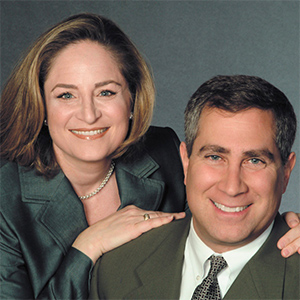
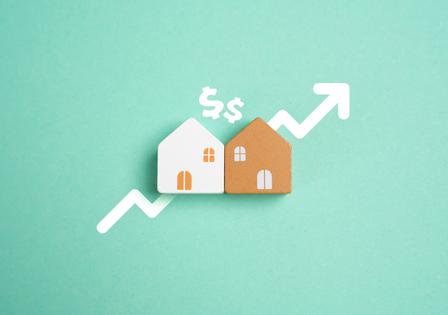
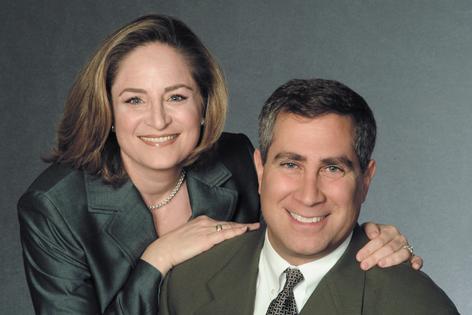





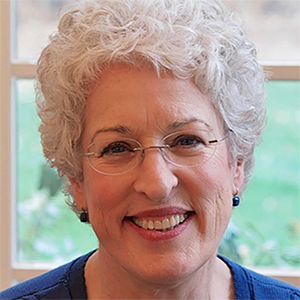


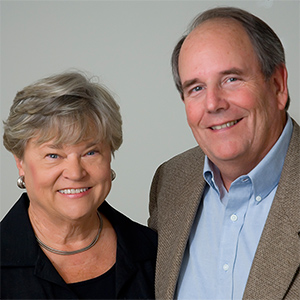





















Comments